Odds are, if your home is over 5o years old, then the walls inside it are made of plaster. Plaster is a mineral called gypsum and is a reconstituted rock. That fact makes it an extremely durable and hard surface to work around.
If you've ever wondered how to hang items on your plaster walls, then you've come to the right place. Whether you want to use nails or screws, we've done all the research for you.
Nails are usually not the first choice when hanging items on plaster walls. This is because plaster walls can crack or pull apart easily. However, if you decide to use a nailing gun, we suggest using brad nails.
As we begin, we will cover all things plaster walls and discuss what nails work best with them. Keep reading below for tips on how to nail into plaster walls and how to make it easier!
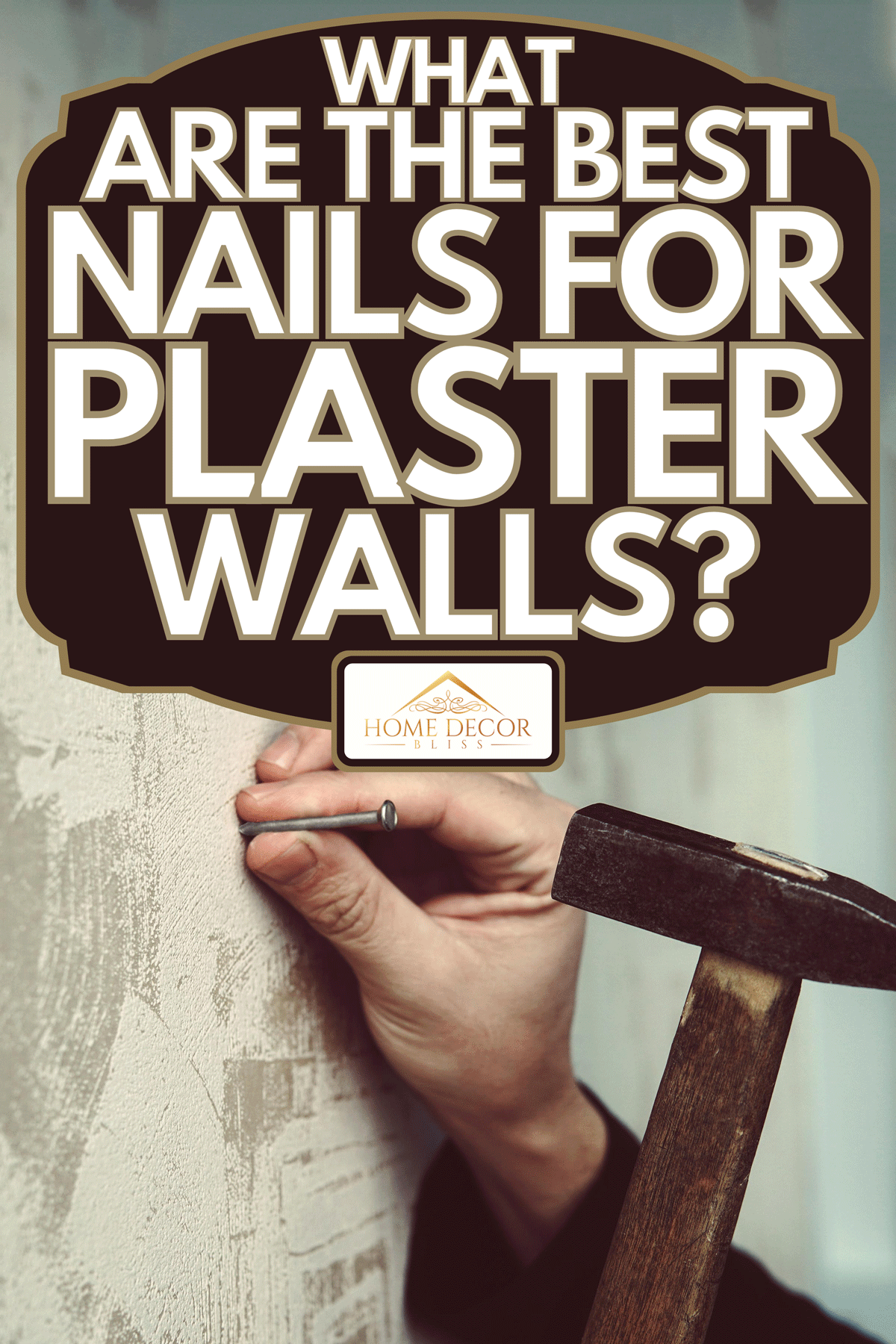
How Do You Nail Into Plaster Walls?
Nailing into plaster walls can be tricky. Plaster walls are tough and are supported by a series of wood strips known as lath.
If you accidentally hit a section of this, it could cause vibration and loosen the plaster from the lath. Not only could that cause a crack in your wall, but it could also cause the entire section of plaster to be compromised.
We sometimes add affiliate links and content that was curated and created by our team with the help of advanced ai tools to help showcase the best design styles.
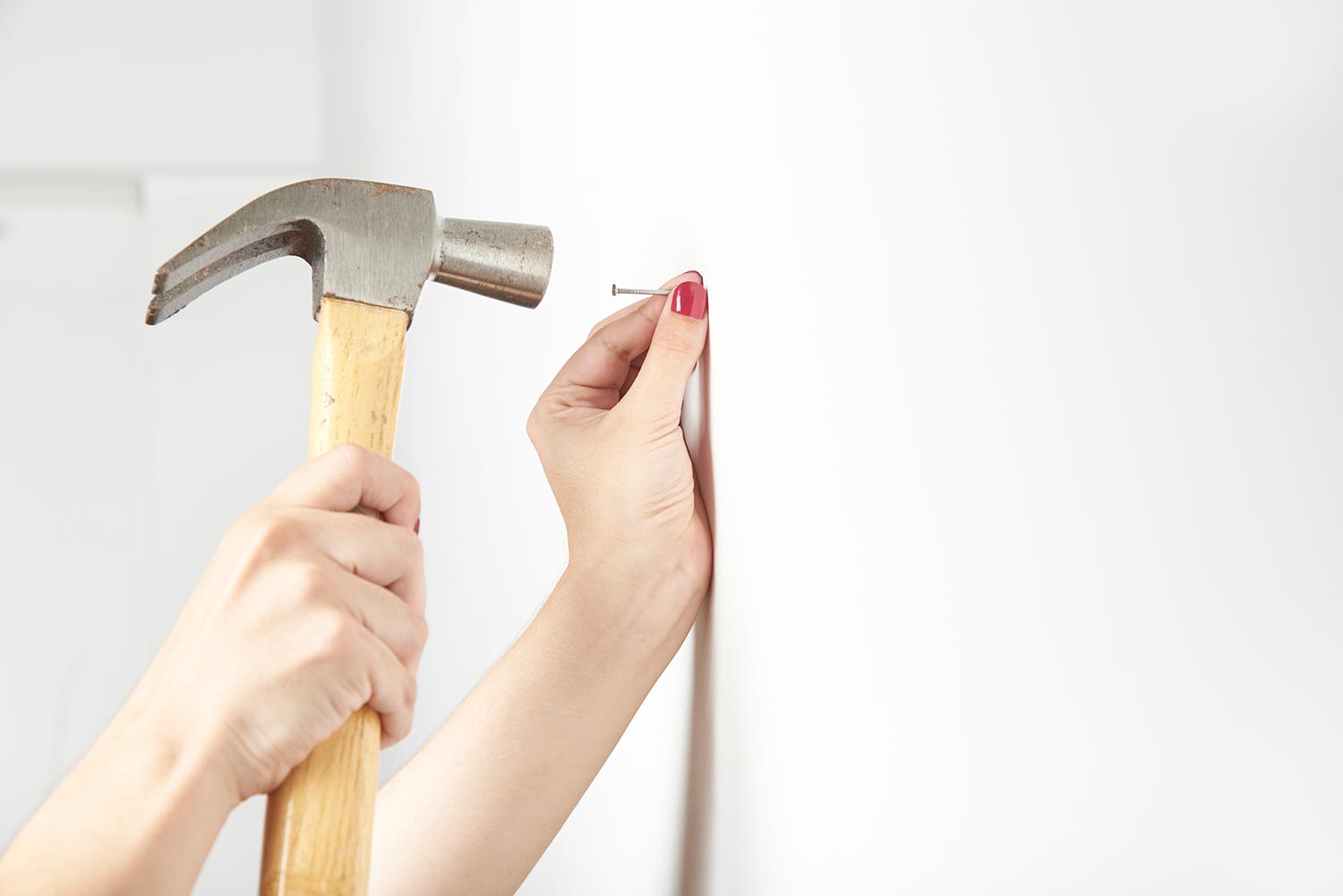
There are a couple of methods you could use to efficiently get nails to go into the wall easily:
Using Tape
Try placing a small piece of tape (preferably masking tape) on the area where you intend to put the nail. The tape helps to give the plaster area some extra support and decreases the chances of flaking and cracking.
Pilot Holes
Another method would be to drill a pilot hole before hammering your nail into the plaster. It only needs to go through the topcoat of the plaster, so it doesn't need to be deep.
Just place the nail into the pilot hole and gently tap it into place.
Can You Hammer Nails Into Plaster Walls?
Yes, you can use a hammer to put nails into plaster walls; however, it's tricky. It would be better to use a nail gun rather than a hammer.
If you use the proper care and materials, you should be able to shoot nails into your plaster walls without damaging them.
Take note that plaster walls can crumble if you don't use the right size nail or type of nail gun.
Types Of Nail Guns
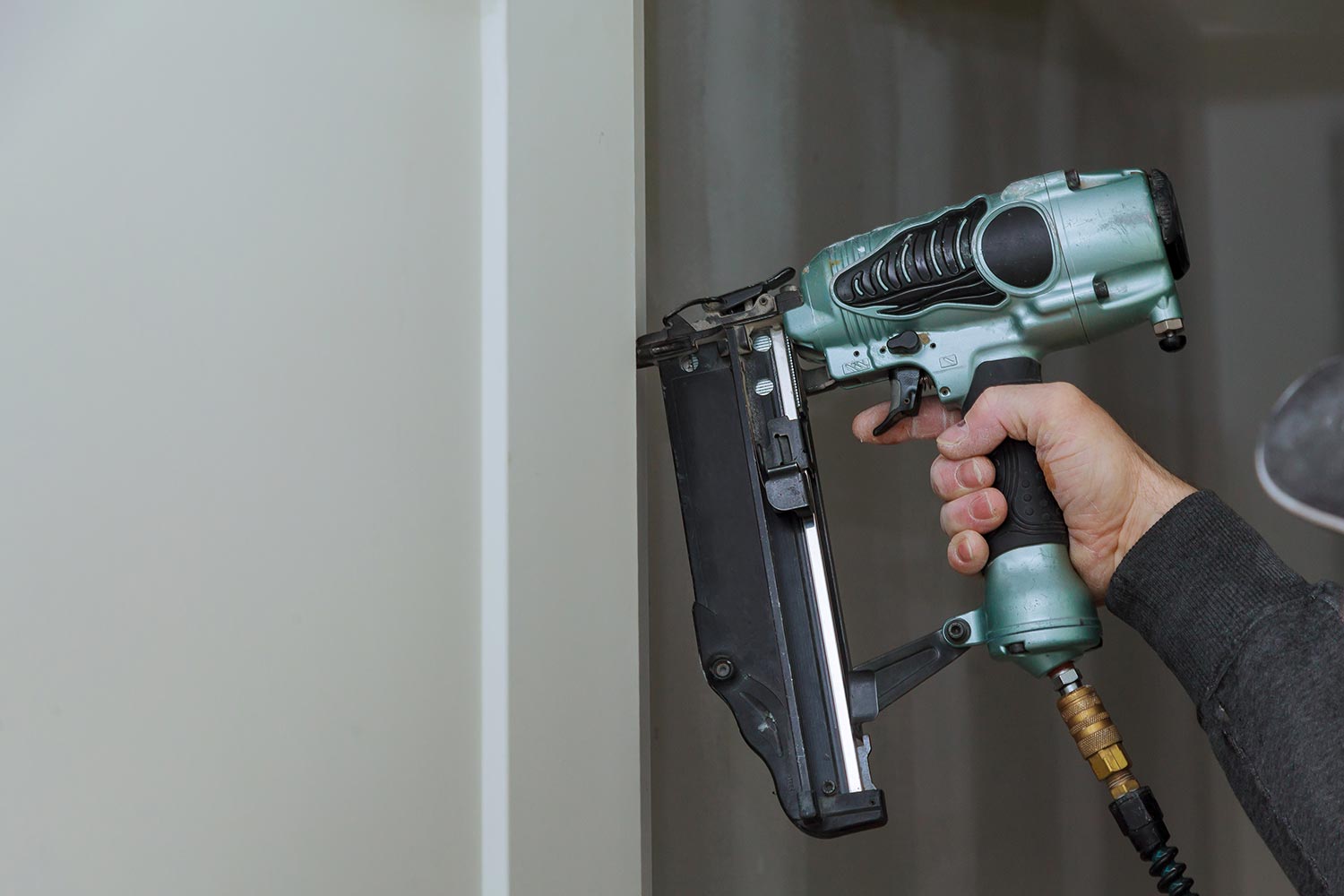
Finish Nail Gun
You would use a finishing nail gun to install baseboards or crown molding. This type of nail gun is designed to shoot larger gauge nails. It requires more force and weighs more than other nail guns with larger nails.
Brad Nailers
These types of nail guns are typically used in tight spaces. These nail guns are popular with arts and crafts. They tend to struggle with plywood, hardwoods, and MDF. Brad nailers are also about 10-20% cheaper than finishing nail guns.
Can I Screw Directly Into Plaster?
Before trying to screw directly into your plaster walls, you'll want to use a stud finder to locate the studs behind the plaster and lathe.
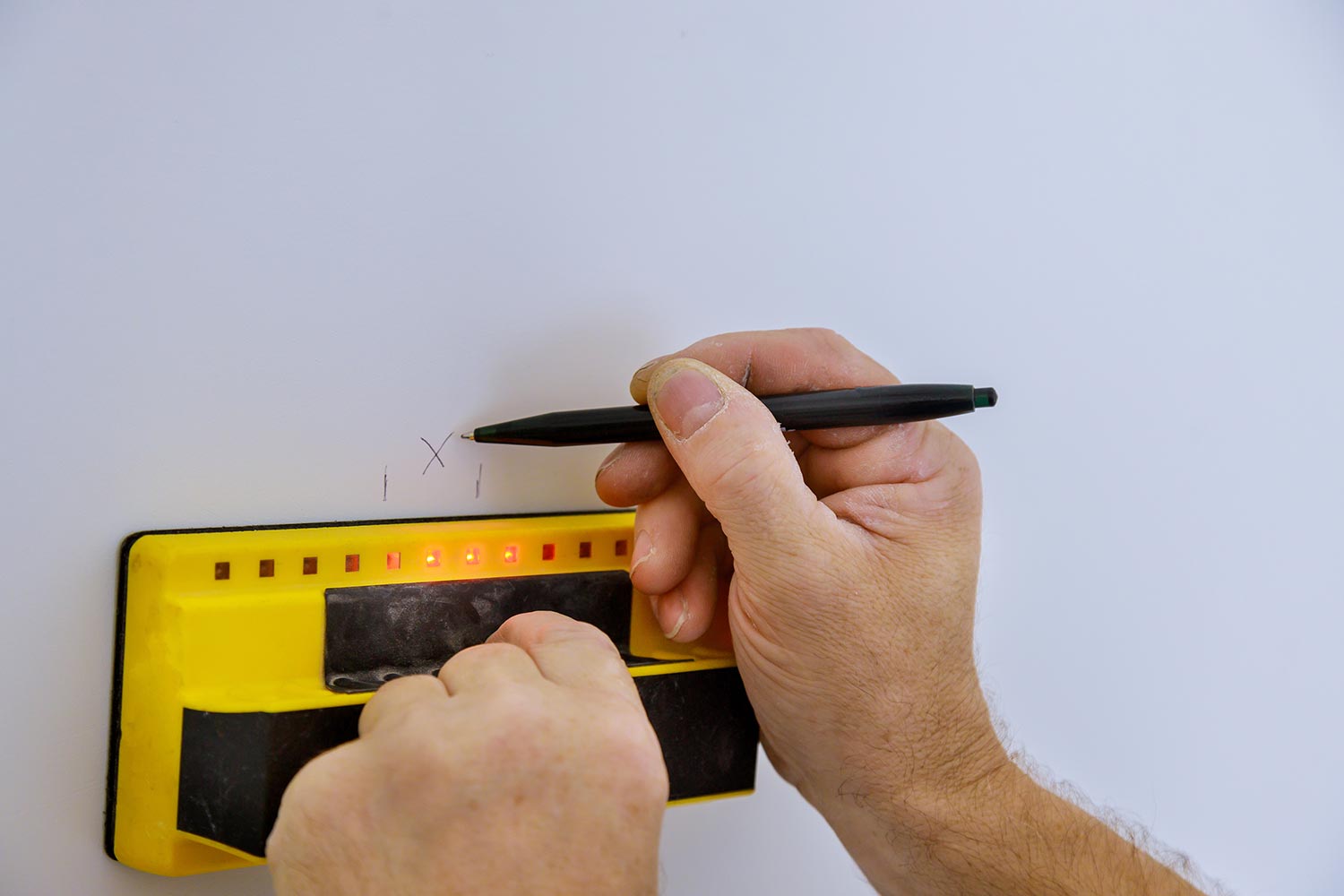
See this stud finder on Amazon here.
Regular plaster hooks should suffice if you need to hang pictures or other things that weigh less than 30 pounds.
They're angled, so they're designed to distribute the weight of the items evenly. The best part is they only need a measuring tape and hammer to install.
See these plaster picture hangers on Amazon.
If you're trying to hang something a bit heavier, like a TV mount or shelves, make sure to find a stud first. In old plaster walls, they are typically 16 to 24 inches apart.
This is where you will need plastic anchors, two-inch screws, and a drill.
Will Finish Nails Hold In Plaster?
When putting trim onto plaster walls, the best way to achieve the best look is to secure the trim to the wooden studs behind the plaster.
A Finish Nail Gun would be the best tool for this job as it's mainly used for baseboards and crown molding. However, we suggest not using nails longer than two inches for plaster walls.
Nails longer than two inches pose the threat of hitting wires or pipes behind the walls, which would be very bad.
Different Types of Nails
Nailers are named by the thickness or gauge of the nails they shoot. That means that the larger the gauge number, the smaller the nail. Finish nailers are the ones that shoot either 15 or 16 gauge nails, and brad nailers use 18-gauge nails.
A 15-gauge nailer is great for 3/4 inch baseboard trims. They can also shoot up to 2.5-inch nails. Fifteen gauge nailers are perfect to use even in tight places like stair treads or doorjambs.
Additionally, 16 gauge nailers also shoot up to 2.5-inch nails and are good for nailing thinner trims. This type of nailer is good for smaller spaces, but the 15 gauge nailer is used more often because it uses thicker nails.
The 18-gauge nailers are most used for typical standard trims. They shoot brads and nails up to two inches long.
What Is A Finish Nail?
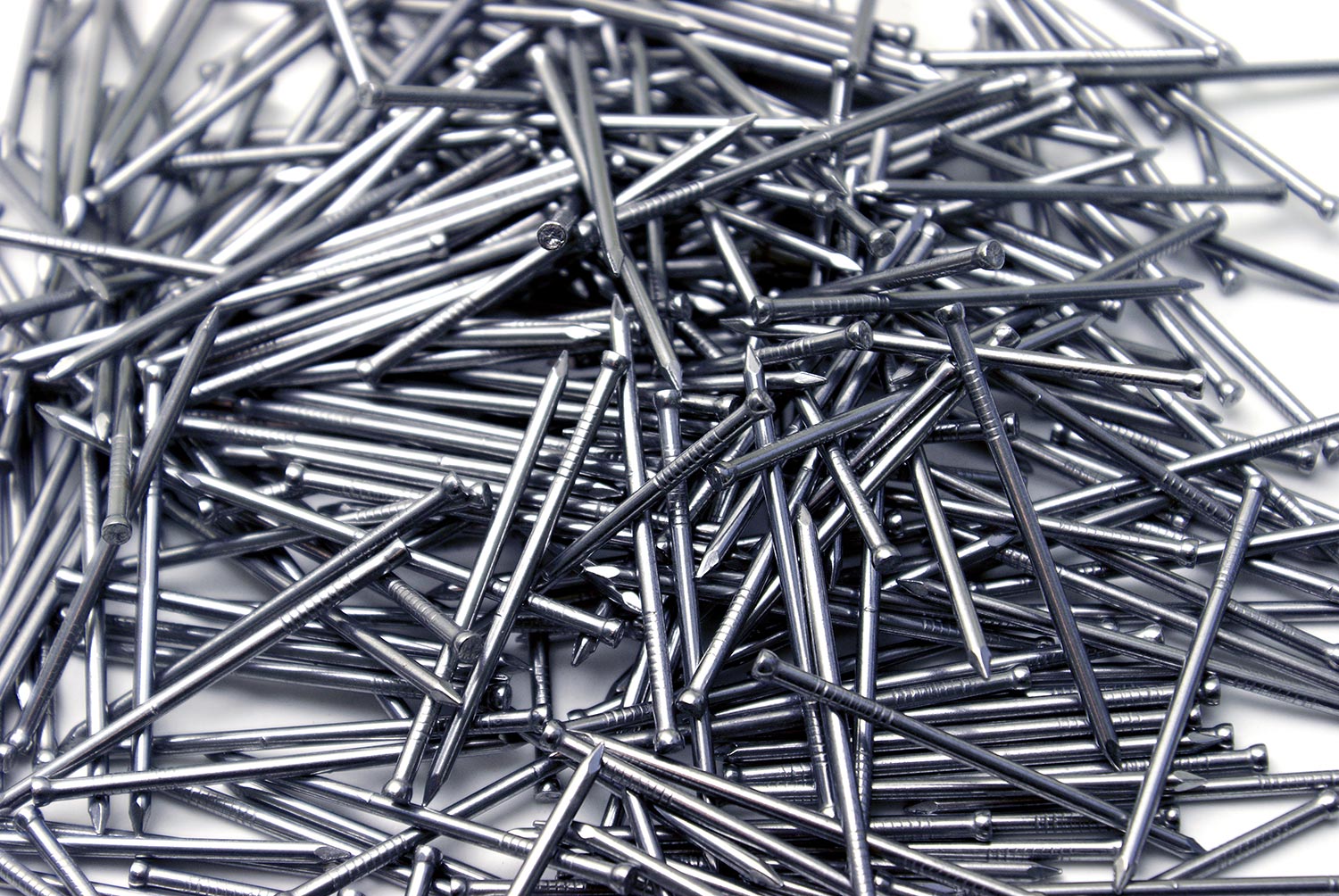
Finishing nails are made of steel wire, which is thicker than brad nails. Thicker nails create a stronger hold and are best for nailing thick materials.
Tips For Safe Nailing
Using nails guns can be very dangerous if you don't follow safety guidelines or have not used a nail gun before. Before using a nail gun, you need to take the time to read instructions and do some practice nailing.
Below are some essential safety tips to adhere to:
- Keep fingers away from the path of the nails.
- Always disconnect the hose before loading nails.
- Make sure to wear safety glasses.
- Keep your finger off the trigger unless shooting.
- Don't set your nailer on top of a ladder.
- Never point a nail gun at anyone.
- Keep your hands out of the line of fire.
Some people prefer to have someone there to assist with the nailing. Just make sure that everyone near the nailing gun follows all safety protocols to prevent accidents.
To Wrap Things Up
We hope this article will aid you in your projects with plaster walls. Just make sure to follow safety guidelines if you choose to go the nail gun route!
Made it to the end? Check out these helpful related posts below!


